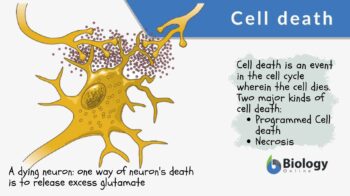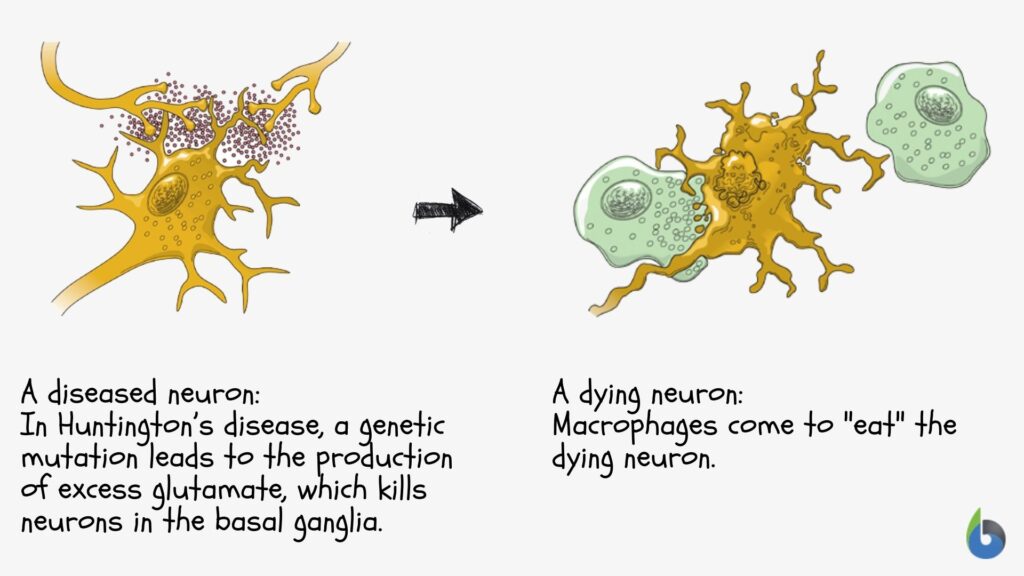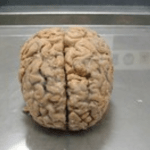
Cell death
n., plural: cell deaths
[sɛl dɛθ]
Definition: breakdown of cell structures leading ultimately to the death of the cell
Table of Contents
Cell Death Definition
Cell death refers to the event that leads to the death of a cell. The process entails the breaking down of cell structures. The death of a cell may be determined when it has completed a fixed number of division cycles (around 60, the Hayflick limit) or at some earlier stage when programmed to do so, as in digit separation in vertebrate limb morphogenesis. Whether this is due to an accumulation of errors or a programmed limit is unclear, some transformed cells have undoubtedly escaped the limit.
Cell death has two major kinds: (1) programmed cell death and (2) necrosis. Programmed cell death is a kind of cell death that is regulated by an innate physiological system. The cell undergoes a natural process of death after completing a number of cell divisions. The cell ceases to carry out its functions and dies to be replaced by new ones. The programmed type of cell death is further categorized into type I cell death or apoptosis and type II cell death or autophagy (self-digestion). In contrast, necrosis is the death of the cell due to factors such as disease, injury, or the death of the organism.
Cell Death Example
In this example, a neuron dies due to disease:

Try to answer the quiz below to check what you have learned so far about cell death.
Further Reading
- Genetic Control – On and Off Genes (Biology Tutorial)
See also:
©BiologyOnline.com. Content provided and moderated by Biology Online Editors.









